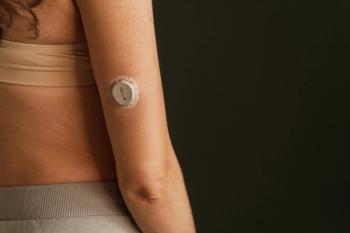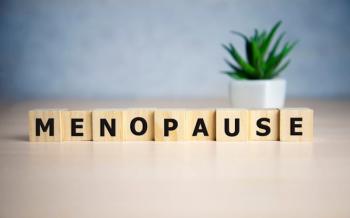
Is the Flu Vaccine Effective in Low-Income Areas?
While flu vaccine effectiveness is traditionally measured across medically attended influenza patients, health care professionals can benefit from learning how the vaccine works in patients who don't seek treatment.
While flu vaccine effectiveness is traditionally measured across medically attended influenza patients, health care professionals can benefit from learning how the vaccine works in patients who don’t seek treatment.
The US Centers for Disease Control and Prevention (CDC) estimated an overall flu vaccine effectiveness of 61% for the 2013-2014 season, based on data collected from patients who sought health care.
But not all individuals who contract the flu seek medical care, so traditional vaccine effectiveness estimates may not represent the full spectrum of disease incidence.
A team of researchers from Columbia University recently evaluated vaccine effectiveness among low-income, urban households, hypothesizing that this population is less likely to seek health care for the flu. Their study, published ahead-of-print in Clinical Infectious Diseases, found infection rates consistent with national estimates based on health care visits.
This study included 275 households (787 adults and 546 children). Nearly half of these households (49.8%) included 3-generation families.
Among the individuals involved in the study, 81% had at least 1 visit or hospitalization at a clinic or hospital between October 1, 2013, and May 31, 2014. Almost half of participants had a documented influenza vaccination between August 1, 2013, and May 31, 2014.
The researchers contacted households by text message twice weekly and visited each home monthly. They collected nasal swabs from patients with 2 or more acute respiratory infection symptoms (eg, pharyngitis, rhinorrhea, congestion, body aches, cough, or fever) within 24 hours of the initial symptom, and then analyzed the swabs for influenza infection.
Among 281 individuals who experienced symptoms, 39 were laboratory-confirmed influenza. Of these cases, 10 were vaccinated and 29 were unvaccinated.
There were 4 cases of household-associated influenza, each of which occurred in households in which no members had been vaccinated prior to the manifestation of symptoms in any member.
The researchers calculated an overall flu vaccine effectiveness of 62.5% in the study population, which is not traditionally included in vaccine effectiveness studies. These findings were consistent with reported national estimates, they noted.
Roughly half of the study participants who got the flu sought medical care.
Vaccine effectiveness estimates were highest against the 2009 H1N1 strain and for individuals vaccinated in 2013-2014 but not in 2012-2013.
Each year, the influenza virus infects an estimated 15 to 30 million Americans. High-risk individuals, such as the elderly and the immunocompromised, often experience severe symptoms, and up to 49,000 people die.
Newsletter
Stay informed on drug updates, treatment guidelines, and pharmacy practice trends—subscribe to Pharmacy Times for weekly clinical insights.

















































































































































































































